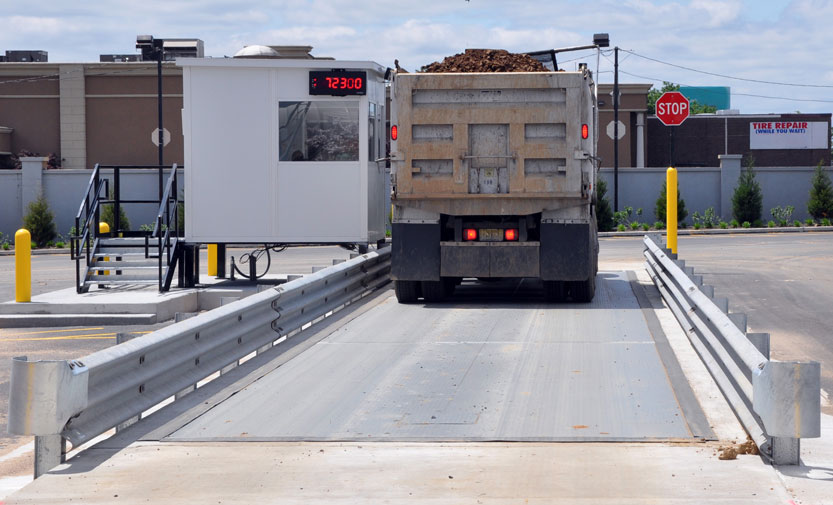With the opening of the state-of-the-art Maya cement plant, Holcim El Salvador is putting the group’s “Plants of Tomorrow” initiative into practice.
Launched in 2019, the program is one of the largest roll-outs of Industry 4.0 in the building materials industry. The goal is to future-proof more than 270 Holcim cement production sites with technologies such as automation, robotics and artificial intelligence.
“Leveraging the group’s investment in Industry 4.0 technologies equips us to more rapidly meet our customers’ needs, optimize our environmental footprint, and consolidate Holcim’s leadership in our market,” said Rodrigo Gallardo, CEO of Holcim El Salvador.

At the Maya plant in Metapán, Holcim is inaugurating a new remote plant control system, through which its kiln and grinding station can be operated remotely from its El Ronco plant, also located in Metapán. This solution will allow monitoring of the processes at both operations from a single control room, ensuring uniformity and increasing efficiency.
To reduce high-exposure field work, drones conduct tower and kiln inspections, and automated surveillance systems point out where inventories are running low. Additionally, employees can use a mobile app to monitor the chemical composition of the materials being processed as well as production levels across the Maya plant, all from the palm of their hand.
With sustainability at the core of Holcim’s strategy, the next-generation technologies deployed at Maya are also geared toward reducing environmental impact. An online system for constant monitoring of CO2 emissions and energy and water consumption ensures the plant is on track to meet sustainability targets. To ensure the plant does not use more fuel than is necessary, the kiln is equipped with an advanced thermographic scanner to monitor temperature and a high-resolution camera to monitor flame size.
The Maya plant will also be equipped with an autonomous feeder for alternative fuels and resources (AFR) that will allow the co-processing of 6 to 8 tons of waste per hour.



